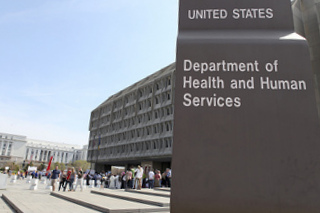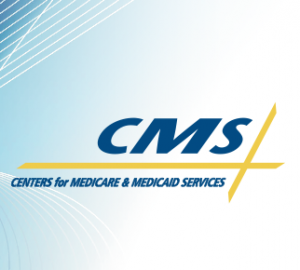UPDATE
How many people remember when the PPACA (Health Reform Law) was being debated in congress that the then speaker of the house said:
“we have to pass the bill so that you can find out what is in it.”
Well, it appears that, long after the bill was passed and became law, we are still trying to figure out what is in it!
Today the Department of Labor (DOL) has announced that there will be no penalty of $100.00 per day for employers who fail to provide notification to its employees of health insurance options. The last week it was widely speculated, and accepted that employer’s who were not in compliance could be subject to that fine. The DOL’s website released the following information under a FAQ section on their website:
Q: Can an employer be fined for failing to provide employees with notice about the Affordable Care Act’s new Health Insurance Marketplace?
A: No. If your company is covered by the Fair Labor Standards Act, it should provide a written notice to its employees about the Health Insurance Marketplace by October 1, 2013, but there is no fine or penalty under the law for failing to provide the notice.
You can reach this FAQ by clicking HERE
ALERT!! EMPLOYER’s DUTY TO PROVIDE EMPLOYEES WITH
NOTICE ON HEALTH INSURANCE COVERAGE BY 10-01-2013!
A little known requirement of the PPACA (health care reform law) is that it places a duty on Employers (with 1 (or more) employee & $500,000 (or more) in annual gross revenue) to provide every employee notice of the Health Insurance Coverage Options including Notice of the employees opportunity to find insurance in the state/federal marketplace(formerly Exchange). The Dept of Labor issues a Guidance in May prior to the postponement of the employer mandate – but it is apparent they are not postponing this notice duty.
So, what happens if you fail to provide this notice?
The rule’s stated penalty is a continuing fine of $100.00 per day!
The Guidance provides a sample Word form to use for the notice. We recommend using this form because if it is fully completed, you will be assured compliance with the requirement. The Notice must be mailed to the employee for receipt not later than 10/1/2013 or electronically sent if the email complies with DOL’s safe harbor for electronic disclosure.
(Suggestion: If you choose the email option you should probably be sure to use a “READ Receipt” function).
Links to the sample form and the safe harbor are included in the DOL Technical Release 2013-02 which can be found at:
http://www.dol.gov/ebsa/newsroom/tr13-02.html
Also, this notice requirement includes an employer duty to provide any and all new hires the same notice at the time of hiring.














